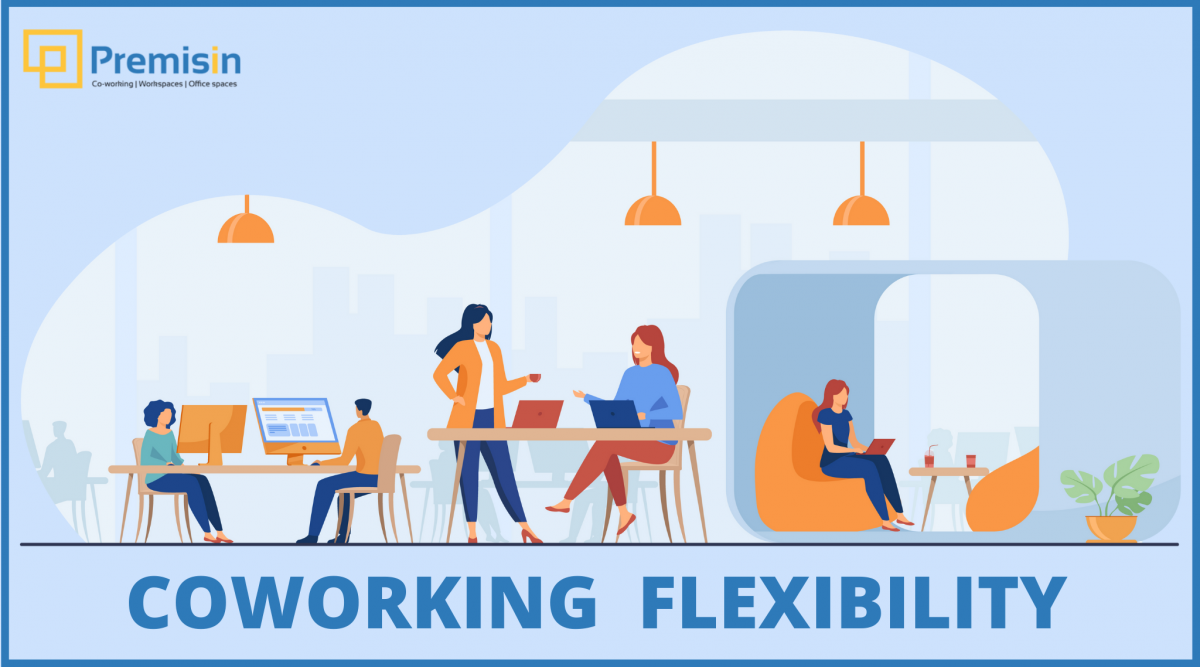With changing times and work culture, many companies are revising their workspace flexibility approach. Since COVID-19 outbreak, the spaces are set in motion to reinvent the way of working. Meanwhile, work-from-home (WFH) has been a proven-productive-positive way of running businesses in recent days. Businesses have realized that working from home actually works. The prime reason is flexibility.
Coworking spaces offers flexibility as a cookie reward. Whether you want to go for virtual office or a flexible office space; coworking has everything in its bag. Imagine sipping coffee on your window sill with your laptop & actually enjoying meetings; virtual offices makes it possible. On the other hand, with so many workers looking for a schedule-friendly, collaborative, and vibrant environment to work, coworking becomes their first choice.
Spaces modified their procedure for obtaining flexible work arrangements after the pandemic. This was purely intended to encourage members to help them do better in order to fulfill the business needs. Talking about the employee experience, flexibility is one of the biggest advantages for any company. Flexible working has been a potential factor for attracting and supporting new work culture.
Office designs aren’t just about the work; it is more about how to get things done. Flexibility means you will have ideal work environment for all the brainstorming sessions required for your business. Not only this, flexible coworking spaces costs to much greater extent. They ensure power and data supplies to the employees with comfortable furniture. Speaking of agility, it goes hand in hand with flexibility in such spaces. They return back to touchstone for every new user.

